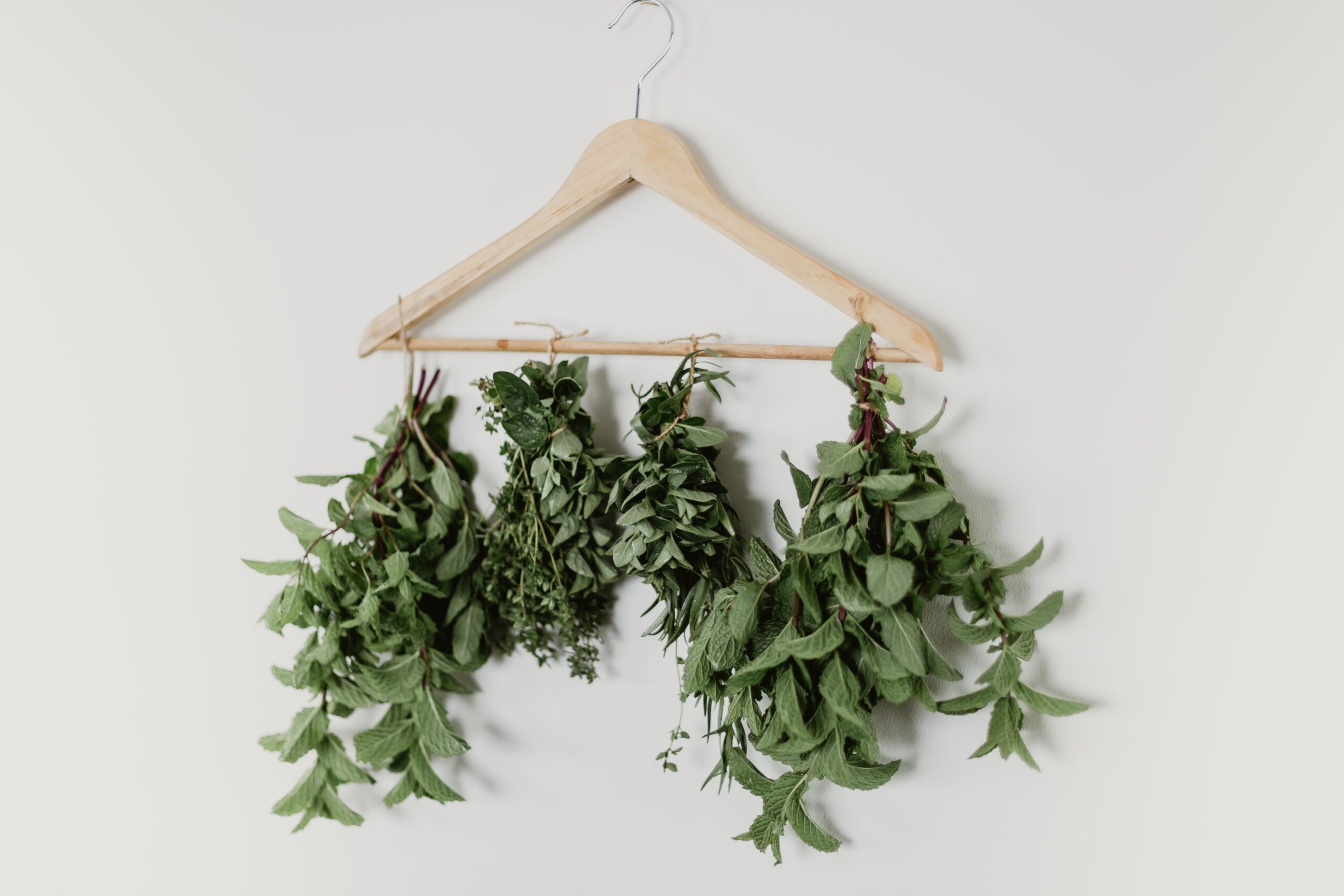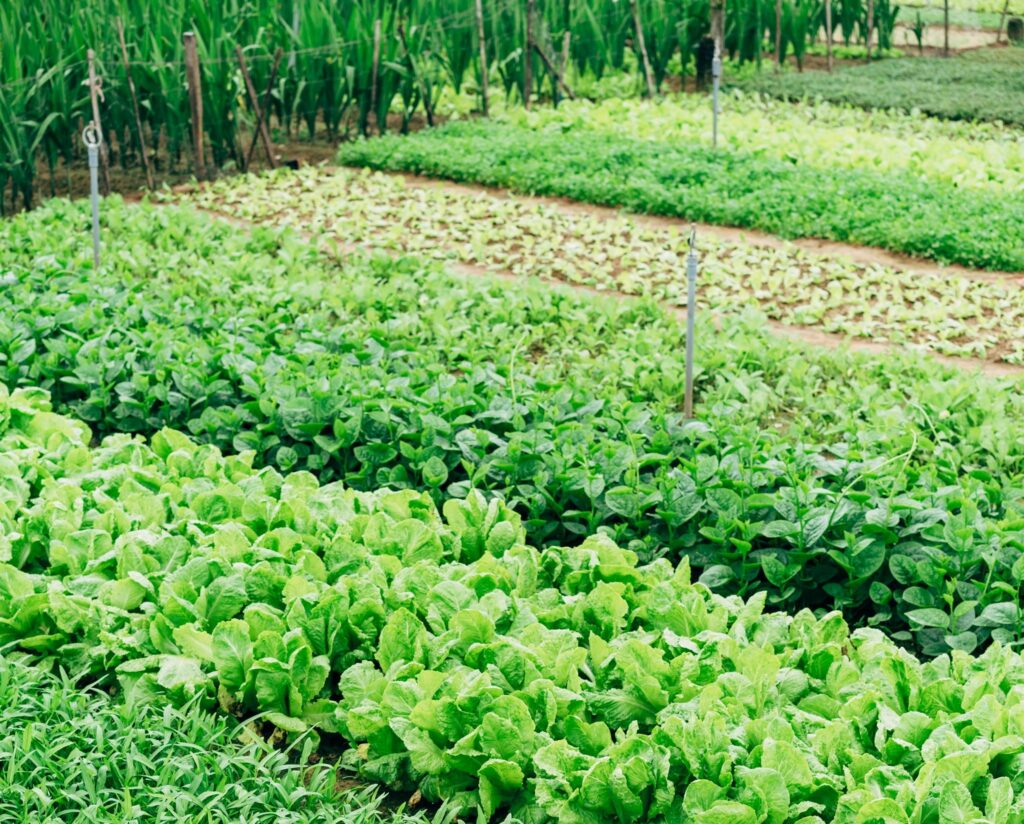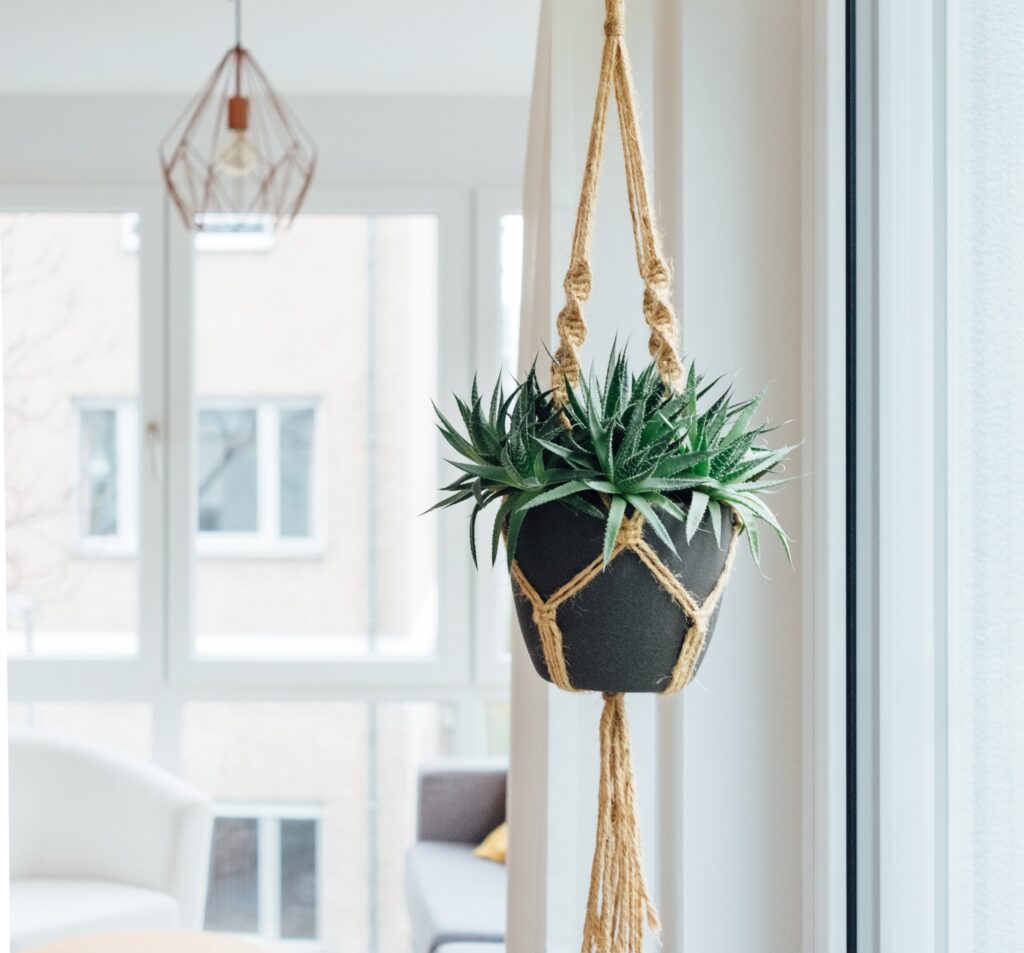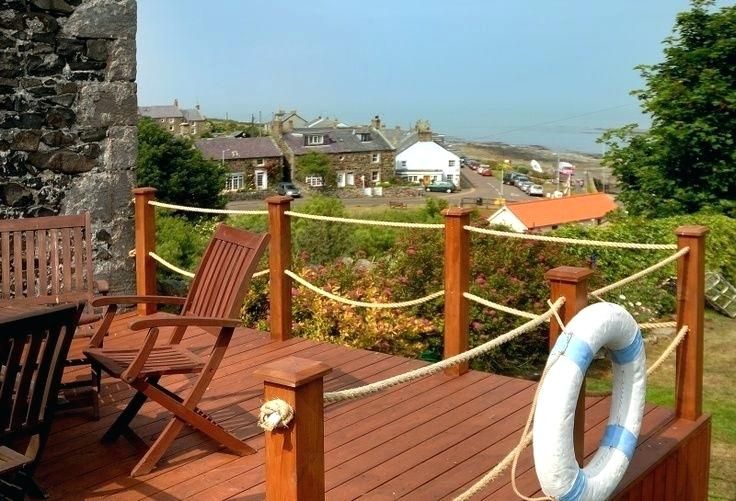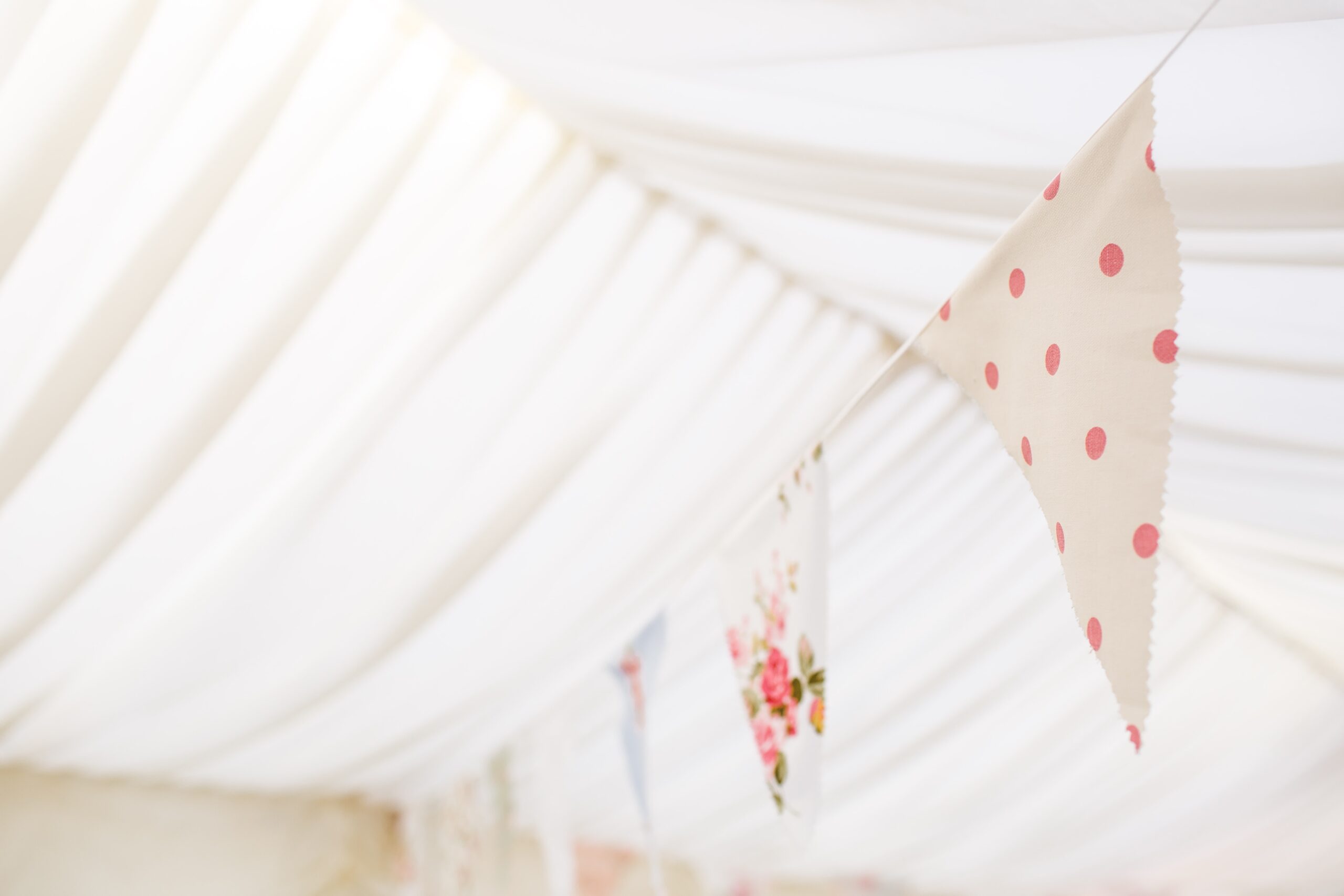
What is a marquee?
You may hear marquees referred to interchangeably with other outdoor structures, such as gazebos or tents. However, marquees are much larger structures that are suitable for large occasions such as weddings or commercial events. So, what is a marquee? Put simply, a marquee is a large tent that is temporarily erected in order to provide shelter for an outdoor event. Most marquees are waterproof as they use materials such as polypropylene, which is the same hard wearing material that tarpaulin consists of.
If you’re curious about how to put up a marquee, or you’re not sure what you need, we’ve got everything you need to know in this guide.
Things you’ll need to put up a marquee
Aside from your marquee, you will need some other equipment to help you. We’ll explain how these tools come in later – for now, here is everything you’ll need to put up a marquee:
- Marquee frame
- Roof, door, and walls
- Ground rails
- Bungees
- Strong ropes or load straps
- Hot knife rope cutter
How to put up a marquee
The way to put up a marquee will differ depending on the size, shape, and manufacturer of the materials gathered, so be sure to read their instructions carefully for specific details. Additionally, many marquees for hire are assembled by the company themselves, due to the sheer size and intricacy of erecting a marquee. However, if you would like a general rundown on how to put up a marquee, keep reading below. We outline the basic instructions that’ll guide you through putting up your marquee.
1. Assemble the frames
The first step to putting up your marquee is assembling the structure that will hold everything up. It helps to first lay out the parts of your frame on the ground, so that you know which pieces fit together. There will usually be two parts of the frame to assemble; the roof frame and the apexes. Don’t attach the legs to the marquee yet; this will come later.
If you have the instructions that came with your marquee, use these to correctly slot different poles and frames into place. Without the instructions, it may take some trial and error to fit them together correctly. If your frame doesn’t look right once you’ve assembled it, it is safest to take it down and try again. Incorrectly constructing a marquee can cause serious injuries to guests, so if you’re doing this yourself you must take care to create a solid structure.
2. Attach the roof
Next up, you’ll need to attach the roof fabric to the frame using bungees. Ensure that the roof is pulled tightly across the frame to prevent it from flapping in the wind. If the roof seems too long to be taut across the frame, you will need to take another look at the roof frame, as this will not have been constructed properly.
3. Erect the marquee
Now it’s time to get your marquee standing up, which you may need a few people to help you with. Take the legs and lay them out along the longest side of the marquee and attach them. You can do this by starting at one corner, lifting the marquee and having someone insert the leg into the marquee. Then, move towards the centre pole and attach this one too. Continue until all of the legs on one side of the marquee have been attached, and then repeat on the other side.
4. Attach the ground rails
Ground rails will add extra support to the structure, but they can be something of a trip hazard when placed in the entrance. So, whether you choose to include ground rails here is up to you. Simply slot the ground rails together in place to provide more stability to the marquee.
5. Attach walls, windows, and any other parts
Now that your roof and structure are in order, it’s time to add all of your walls, windows, doors, or any other features of the marquee. These are simple to erect, but it can be time consuming as you’ll need to fasten each eyelet on the marquee – and there will be a lot of these. Use bungees or some thin cord to attach these in place, and cut to size using a hot knife rope cutter that won’t fray the material.
6. Anchor the marquee
You’re almost finished putting up your marquee! Once the marquee is constructed, it needs to be anchored down so that it doesn’t fall over or blow away in the wind. The easiest way to do this is with some strong rope or load straps attached to a stable point nearby. You could also attach weights to each leg to help keep the marquee grounded. Marquee weights vary from 10 kg to 1000 kg, so the weight you use will depend on the size of your marquee and the weather conditions for the duration of your use. The larger the marquee and windier the conditions, the more weight you will need to use.
Your marquee should now be ready to use for whatever outdoor event you have planned. For more equipment perfect for outdoor projects, take a look at our range of products. Contact us to learn some more.

